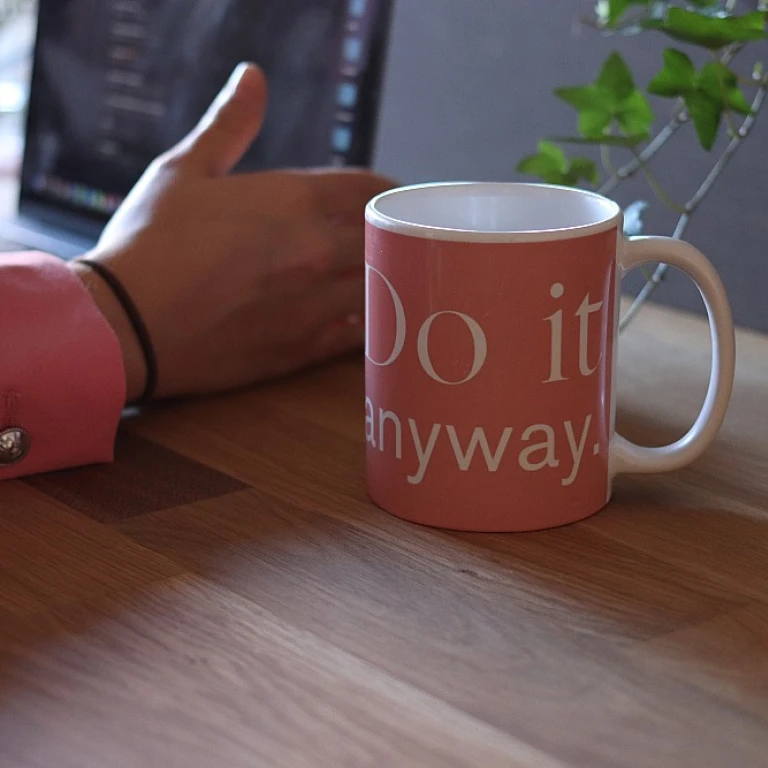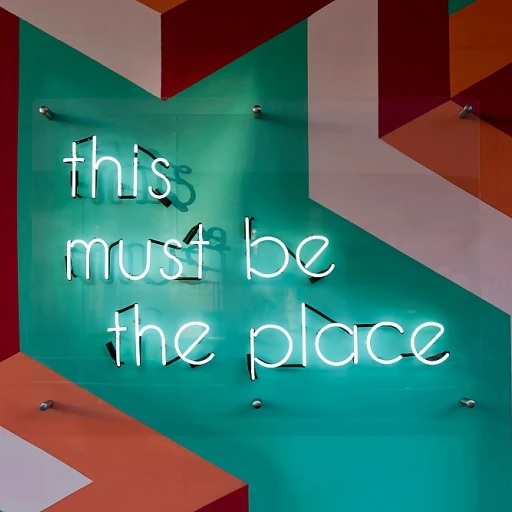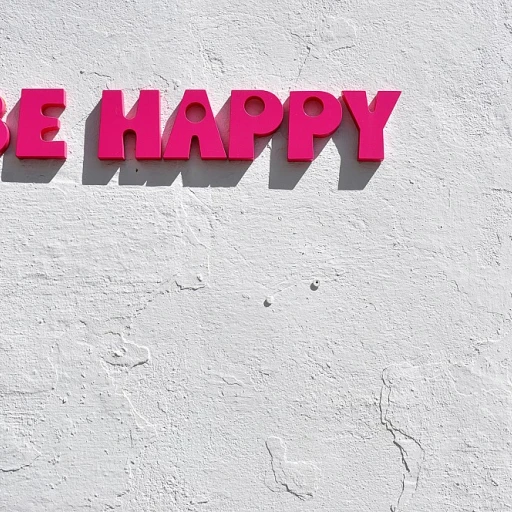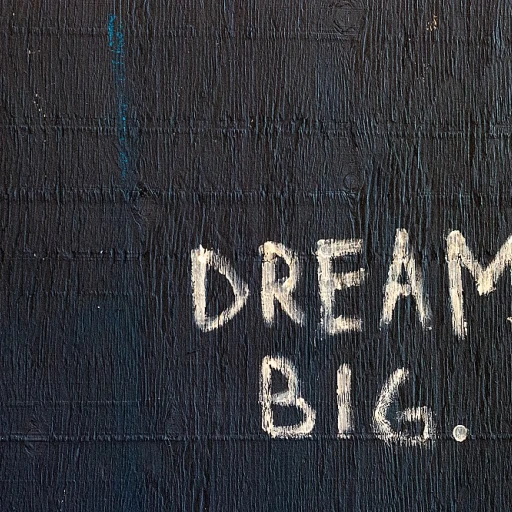
Understanding the Power of Memes
The Influence and Reach of Modern Memes
In today's fast-paced digital landscape, memes have carved out a substantial niche, transcending simple humor to become powerful communication tools across various domains, including candidate sourcing. With their uncanny ability to capture cultural nuances and convey messages succinctly, memes have effectively bridged the gap between entertainment and information, proving their versatility in a range of contexts from marketing to recruitment.
Reasonably, social media platforms have become fertile grounds for memes, owing to their unique accessibility and shareability that cater to the habits and preferences of a modern audience. People, especially the digital native generation, resonate well with memes that carry relatable and culturally relevant content. This is where memes have also seen their rise as an unorthodox yet highly effective component in the realms of candidate engagement and recruitment marketing. By captivating potential candidates in a familiar and engaging format, memes have become a fresh avenue for recruiters to explore.
Memes in recruitment are essentially a blend of creativity and strategy, emphasizing the art of pitching company culture and values, which can, in turn, attract quality leads. Especially in industries marked by typically high levels of sales pressure, sourcing professionals are recognizing the potential of memes to lighten the atmosphere and build brand affinity, all while subtly integrating critical recruitment messages.
Furthermore, the alignment of memes with modern data analytics tools and digital strategies aids in optimizing their delivery and ensuring their relevance to targeted demographics. This synergy forms a credible component of effective candidate sourcing on LinkedIn, taking advantage of the platform's vast professional network.
Yet, like any medium, the adoption of memes within candidate sourcing must be met with strategic oversight and understanding of their intrinsic challenges and nuances. Recognizing their potential while navigating associated risk management concerns is pivotal to leveraging their full scope.
Memes as a Recruitment Tool
Harnessing Memes for Recruitment
Memes, once considered merely for entertainment, have evolved into a formidable tool in the recruitment arsenal. Their ability to quickly convey relatable messages makes them a unique medium for recruiters. With the fast-paced nature of today's digital age and the rise of platforms like social media, memes can cross language and cultural barriers, offering an engaging way to reach potential candidates. In the recruitment landscape, memes can be used to market job openings creatively, simplifying complex ideas into digestible content. This can enhance customer satisfaction as candidates enjoy the humor and relatability of the content. Recruitment teams can source quality candidates by targeting social networks where potential hires actively engage, harnessing the shareability of memes as a vital part of their marketing strategy. For instance, a recruiter might share a humorous meme about the challenges of cold calling tailored to a sales rep audience. This approach can reduce the stress related to the procurement of talent and showcase the company's culture and values – a beneficial optimization for attracting candidates who align with the company ethos. While memes can be a powerful recruiting tool, it's crucial to consider the time investment needed to create content that resonates with target audiences. Additionally, the risk management associated with potential misinterpretations is something organizations must weigh. However, when executed with precision, recruiting memes can significantly enhance engagement with potential employees, making them a formidable addition to any recruiter’s toolkit. To successfully integrate memes into your recruitment strategy, consider exploring the digital landscape of e-recruitment to stay informed on best practices and trends in the industry.Creating Effective Sourcing Memes
Crafting Captivating Recruitment Memes
Creating effective sourcing memes is not just about getting a quick laugh; it's about connecting with your target audience in a way that genuinely resonates. This requires understanding your audience's culture, preferences, and current trends in the recruiting landscape. The following steps can help guide you in creating memes that will help source candidates effectively:- Identify Your Audience: This is crucial because what might be funny or engaging to a general audience may not connect with potential candidates in specific fields like sales, procurement, or supply chain management. Craft memes that speak directly to their experiences, frustrations, and daily tasks.
- Stay Relevant: Trends in recruiting and meme culture move quickly. It’s important to stay updated on both recruiting trends and meme formats, as relevancy drives engagement. Changes in the digital recruitment landscape can offer insights into popular meme themes.
- Utilize Social Media: Platforms like LinkedIn and Instagram can amplify the reach of your memes. Both platforms have vast professional user bases, including recruiters, hiring managers, and even potential candidates themselves. This is where understanding the best practices for sourcing through digital channels becomes key.
- Leverage Data: Analyzing data from previous campaigns can help optimize your meme strategies. Look at which memes garnered the most engagement and try to determine what attributes contributed to their success – was it the humor, the relatability, or perhaps the time it was posted?
- Monitor and Adjust: Keep an eye on how different memes perform. Use the insights to refine your approach continuously. Memes that may have lost their edge can be retired or reimagined to align with more current or pressing issues within the sectors you are targeting.
Case Studies: Successful Use of Memes in Sourcing
Real-world Examples of Success with Memes in Recruitment
In the competitive landscape of talent acquisition, memes have stealthily carved out an influential role. Numerous organizations have capitalized on memes to amplify their candidate sourcing strategies, achieving significant engagement and reach through relatable, humorous content. One prominent example involves the use of memes in enhancing recruiting efforts on social media platforms. Companies have successfully turned their memes into viral sensations, capturing the attention of potential candidates who are otherwise inundated with traditional recruitment messaging. By tapping into cultural references and trending themes, they have created a connection with job seekers that goes beyond standard recruitment tactics. Some recruiters have leveraged memes to inject a sense of authenticity and brand personality into their efforts. By humanizing the recruitment process, these recruiters have resonated more deeply with potential candidates, making their companies more attractive in a competitive job market. Memes have served as a bridge, spurring interest from prospects who appreciate a company’s unique approach to communication. With minimal investment in time and resources, savvy hiring managers have optimized the impact of memes by aligning their messages with specific job roles. For instance, sales teams have used humor-driven content to target sales reps, enhancing their outreach efforts turning cold calls into warm connections. Despite the hard work and nuances involved, the best-performing recruitment memes often highlight logistical elements such as data-driven management or risk management within a company. These memes provide an informal yet effective glimpse into the company culture while subtly communicating the qualities being sought in potential candidates. The data confirms that meme-driven recruitment strategies are not merely a passing trend but a viable component of modern hiring practices. As companies grow more adept at this style of engagement, we can anticipate more creative procurement regarding potential employee engagement. This trend may influence future practices in the recruiting world, as more businesses recognize the benefits and applications of this unconventional sourcing tool. While this strategy isn't without its challenges, which will be discussed further, its current successes set a precedent for its continued use as a recruiting tool. As we explore the broader implications and future trends, it's clear that memes hold untapped potential in revolutionizing candidate sourcing strategies.Challenges and Considerations
Addressing Potential Downsides and Risks
The use of memes in candidate sourcing is not without its challenges. While they provide an innovative approach to engaging potential candidates, several factors contribute to the complexity of their application. One concern is the fast-paced nature of social media, which requires recruiters to constantly generate fresh content. Memes can quickly become outdated, rendering previous efforts ineffective. This demands consistent innovation and creativity, which can be resource-intensive in terms of time and effort. Additionally, while memes are excellent for engagement, there is a risk of them being misunderstood or misinterpreted, which can harm a company's brand image. The informal nature of memes means they may not always convey the professionalism expected by some hiring managers or stakeholders. Ensuring alignment with the company's brand and values is crucial to mitigate such risks. Legal considerations also come into play. The use of copyrighted images or texts in memes can lead to intellectual property issues. Recruiters must be aware of these legal aspects to avoid any conflicts. Lastly, measuring the effectiveness of memes in recruiting can be challenging. Unlike traditional recruiting methods that rely on straightforward metrics like cold calling or data from recruiting management software, the impact of memes is not as easily quantifiable. This necessitates the development of new metrics and analytics to assess their effectiveness properly. In conclusion, while recruiting memes offer a modern twist on candidate sourcing, they come with their set of challenges that require careful management and strategic planning.Future Trends in Sourcing Memes
Exploring the Future of Sourcing Memes
The landscape of candidate sourcing is ever-evolving, and the role of memes in this arena is bound to grow as we move forward. Memes, with their inherent ability to engage and connect across cultures and languages, have made significant inroads in recruitment. In the coming years, several trends may shape how memes continue to impact candidate sourcing.- Sales-Driven Sourcing Strategies: Just like in sales, recruiting memes are being recognized for their potential to convert passive candidates into active ones. Sales reps and recruiters alike will increasingly harness memes as a tool to capture attention in a crowded social media environment. This mirrors the way sales teams utilize cold call techniques to engage potential customers.
- Data and Optimization: Leveraging data for optimization will be paramount. Recruiters will need to analyze meme performance, just as marketing teams measure customer satisfaction. By integrating management software, recruiters can track which memes result in increased candidate engagement and tailor content for the best results. Such insights can provide a competitive advantage in the hard work of sourcing candidates.
- Balancing Personalization and Automation: While memes are undeniably effective in engaging potential hires, recruiters must balance personalized communication with the efficiency of automation. Automating meme creation risks losing the personal touch that can be crucial for converting passive candidates. The key will be utilizing management software that blends both elements effectively, ensuring that each meme resonates deeply with the target audience.
- Risk Management in Digital Communications: As memes become more integral to recruitment strategies, there is an inherent risk associated with their use. Recruiters must be vigilant to ensure that memes maintain professionalism and do not inadvertently harm the company's image. Organizations will need to develop clear guidelines on meme usage to align with broader recruitment and brand strategies.










